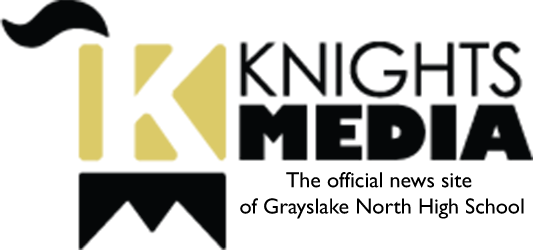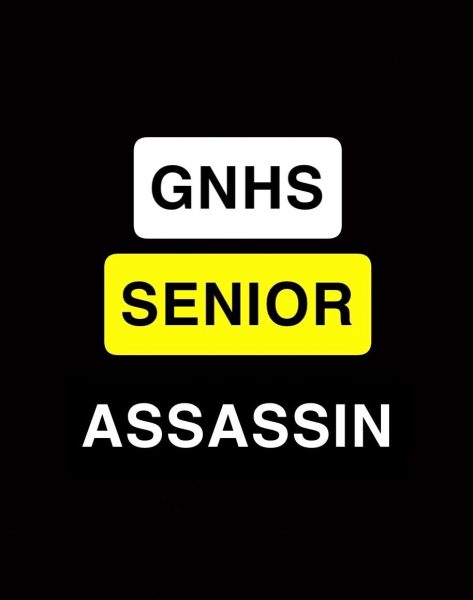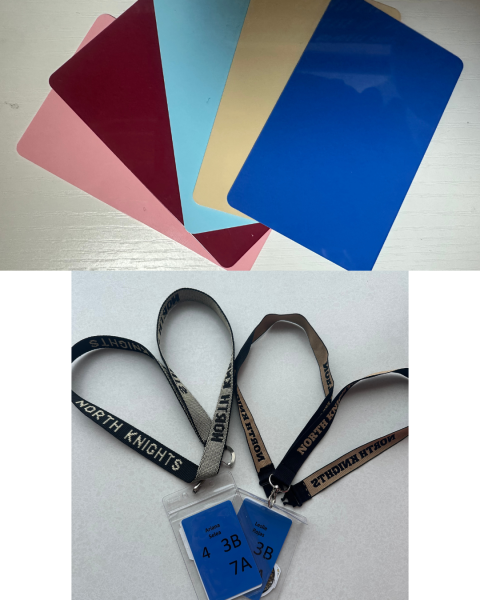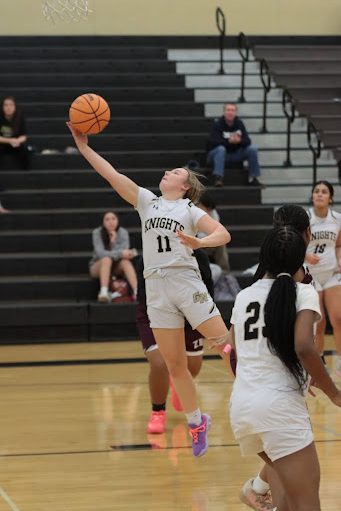Students, staff share reactions over Zoom camera policy
School has been in remote learning for 12 weeks now, and a new policy was made for District 127. The new policy is about students having their cameras on and showing their faces during their zoom classes. If a student does not turn on their camera or show their face they would be counted as absent/covid.
Many students have their own opinion on this new policy. Some disagree and think they should not have the cameras on.
“I think the students should be able to have their cameras on. I don’t think teachers should be worrying about cameras being turned on or off when there are bigger problems going on in the world,” said sophomore Dayana Estrada.
At the same time, teachers think class is better now with the cameras, and that it helps them interact more with their students.
“It’s really important for students, not just from a teacher perspective. It’s very important for me to have student interaction in my classroom. It’s really hard to interact through a black screen that just has your name across it. You might be able to hear the person’s voice, but you know we’re not really getting that same thing that we would in normal school, but it’s the next best thing that we have,” said biology teacher Colleen VanDerMeulen. “From my perspective, that’s why I think it’s so important to build relationships that way, so eventually when we do go back, we’ll know our classmates a little bit more and we would be able to interact with them. Otherwise, you know it’s going to be coming back to the class, and it’s going to be like the first day of school where everything is awkward and it’s like oh I don’t know any of these people, so that’s why I think that it’s important to have their cameras on. You know, show who you are, get familiar, get comfortable and be in your classmates’ presence and comfortable in my presence.”
Turning on cameras is helpful for some students. They are able to focus now and actually pay attention in class. The same thing goes for teachers. They are now able to see who they are teaching and know who is understanding or who is confused based on facial expressions.
“It’s helpful to know that the students are still there and hopefully engage sometimes. When the camera is on, you can tell if people are getting it, and in some cases like with me, I also like to tell funny things, and it’s nice to see people laugh,” said choir teacher Paul Nielsen.
Prior to the policy being put in place, students had a choice in whether they wanted to have their cameras on or off, but now it’s a must to have their camera on during the whole class to be counted as present.
“Well one it was teachers, many parents, it wasn’t just staff requesting but again the request all came from the same foundational reason which is we want to connect with our kids. It’s tough in a remote environment. We aren’t face to face. I don’t get to see your facial expressions on whether you are understanding material or comfortable with your classroom. That’s really difficult when you are staring at blank or dark screens,” said principal Dr. James Roscoe.
Teachers in many ways are happy to be able to see their students and being able to interact with each other more. Before the cameras had to be on, teachers didn’t get bonding connections with their students since they weren’t able to see who they are, but that has changed now.
“It’s really hard even with the cameras on. It’s not as good as when we are actually in the same room with students where you can sort of see their reactions, and for some times, you can’t really see it through the cameras certainly with the cameras off. Sometimes I teach a class when there aren’t many students with their cameras on, and I think that I was talking to nobody, so I might as well just record my lecture and you can play it whenever you feel like it. So yeah I don’t think we are connecting really well when we have our cameras off,” Nielsen said.
Now from a student’s perspective, most thought that this policy was some sort of punishment. When actually all the district wants is to promote communicating with the teachers and participation.
“Feedback is crucial, and a lot of times teachers gauge whether students are understanding material based on their facial expressions. You may not believe that or see that as an important thing, but it is absolutely crucial to see how kids are reacting to certain material. Not to mention it builds a healthy classroom environment. I think it increases participation. To me it’s a win-win with increasing the learning environment for all students and staff,” Roscoe said.
Students feel as if having this policy isn’t necessary and that it’s pointless and that they should be able to have that decision again where they could have their cameras off if they wanted. Many have even made petitions online and shared it out on social media to get many students to sign it.
“So I have heard that there is a petition going around to get the policy overturned and give students the choice back. I understand where the students are coming from. Matter of fact I was taking a look at the comments on one of the petitions that I saw. I think there are several going around, but the one that I saw, I was looking at the comments to see what students are feeling about this putting myself in their shoes, and it seems like they were misinterpreting the purpose of the policy,” VanDerMeulen said. “It seems students are interpreting that as a punishment for making you turn your cameras on, that’s not the case. The whole purpose was to promote your engagement and to promote that relationship building with classmates and teachers. I think the whole true intended purpose is lost so I think that communication just needs to be more clear.”
Still many students believe that they should be able to have that decision back and that having the cameras on isn’t going to affect anything. When it actually has affected many students.
“The difference from what I’ve heard from many parents and many staff and even students is that I didn’t know how much better class would be until the cameras were on. That’s what you want to hear; that’s what we expected,” Roscoe said.
At the same time, many students are now turning on their cameras, but some are just putting their cameras up at the ceiling so teachers aren’t able to see them.
“It’s important because sometimes the kids don’t pay attention and wouldn’t know if they were participating or like to play on their phones and not focus,” said freshmen Sanaa Jones.
As many teachers have noticed this in their zooms, how students are just logging on and then they are leaving their computers away and are not paying attention to class until it’s over.
“For that reason, and I know that there are some students that will log into their zoom class and have their cameras off and they would leave and they wouldn’t even be paying attention to the class, and so that’s a problem too. You know it’s as if they aren’t even in the class, so that’s not a good thing.” Nielsen said.
This policy has caused some issues with students and teachers, but now that it’s the 12th week in remote learning, many students are accepting the policy. They are engaging and participating in their classes.
“So it’s not just Grayslake North. This is a district decision. Grayslake Central has their cameras on, so if students have a concern, they can reach out to the district office, but so far it’s been a benefit having cameras on. We won’t go backward,” Roscoe said.





